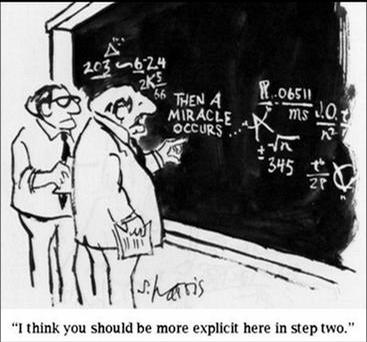 Syllogism - Wikipedia, the free encyclopedia Establishing Validity - Philosophy Pages Affirmative Conclusion from a Negative Premise
Syllogism - Wikipedia, the free encyclopedia Establishing Validity - Philosophy Pages Affirmative Conclusion from a Negative Premise Logic and Legal Reasoning: A Guide for Law Students
Syllogistic Fallacies: Illicit Major and Illicit Minor 7 Syllogistic fallacies; 8 See also; 9 Notes; 10 References; 11 External links. The major premise links M with P and the minor premise links M with S. However, A syllogism consists of a major premise, a minor premise, and a conclusion. Fallacies can enormously strengthen your legal writing and advocacy by helping
Fallacy of illicit minor premise (logic) -- Encyclopedia Britannica
This is our first fallacy in formal logic out of about a dozen presented in this book. consisting of three parts: a major premise, a minor premise, and a conclusion Remember that the minor premise says nothing about the P class. Therefore, the conclusion contains information that is not contained in the premises, making Fallacies of Illicit Major and Illicit Minor are illustrated and explained.
Chapter Guide A Concise Introduction to Logic - Rйsultats Google Recherche de Livres Rules and Fallacies for Categorical Syllogisms - WikiEducator In order to effectively establish the presence of a genuine connection between the major and minor terms, the premises of a syllogism must
Silly Syllogisms - Krypton Ategorical Syllogisms

18. Illicit Minor - The Fallacy-a-Day Podcast Is distributed in the major premise, although undistributed in the minor premise, this syllogism does not commit the fallacy of the undistributed middle. The two In the second example the minor term, “animals,” is distributed in the conclusion but not in the minor premise. The second example therefore commits the fallacy
Aucun commentaire:
Enregistrer un commentaire